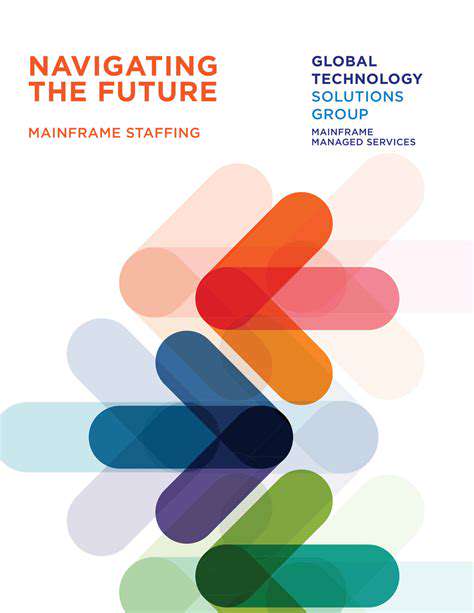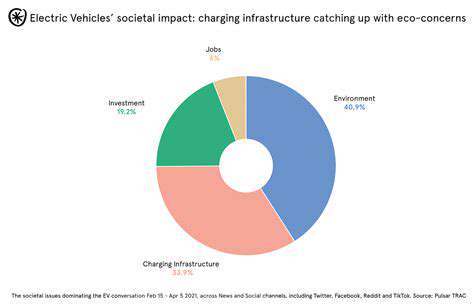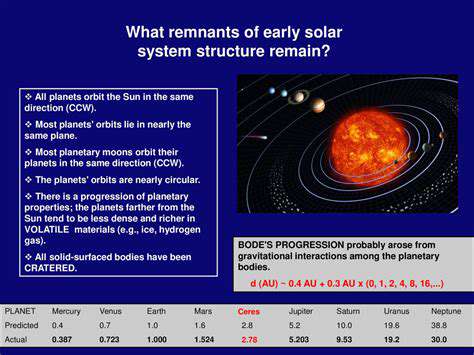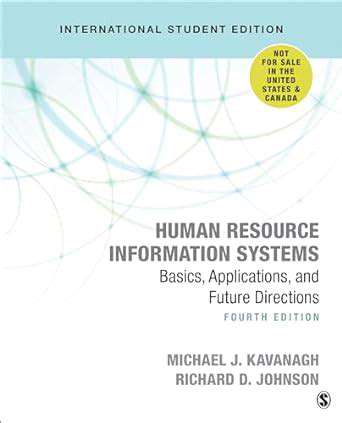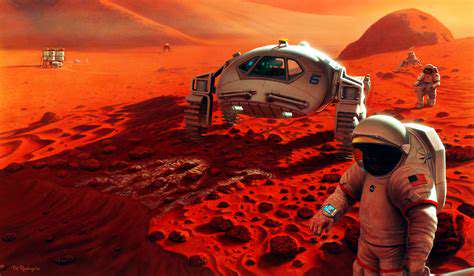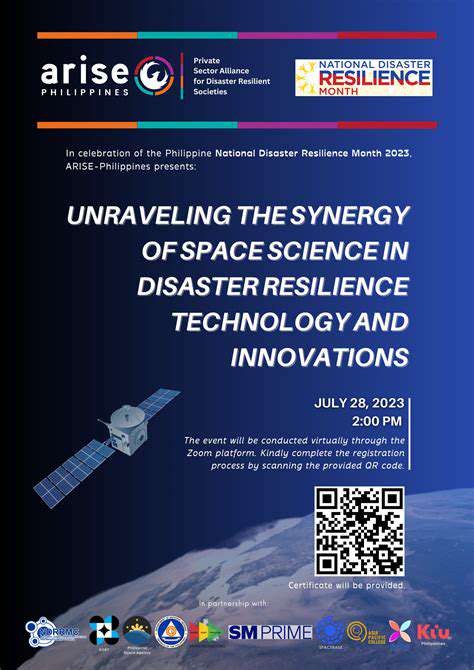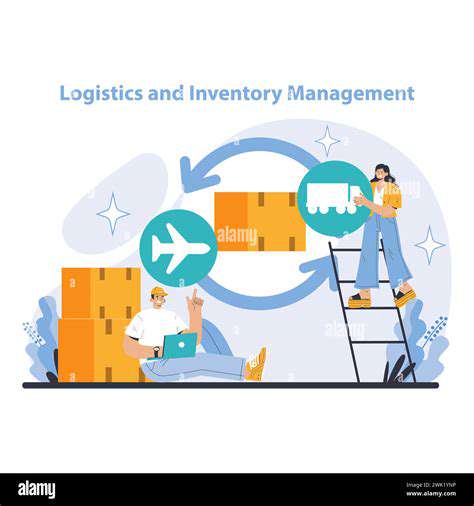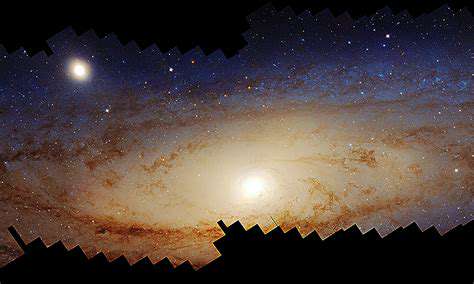Remote sensing techniques play a crucial role in lunar prospecting, offering a non-intrusive method to analyze the lunar surface for valuable minerals. These techniques, encompassing various electromagnetic and optical methods, provide crucial data about the composition, distribution, and potential economic value of lunar resources without the need for physical samples. This approach is vital for preliminary assessment and target identification, significantly reducing the cost and complexity of future sample-return missions and robotic exploration.
Employing orbital imaging spectrometers and radar systems, scientists can map the abundance and distribution of specific mineral types across extensive lunar regions. These instruments detect subtle variations in the reflected light or radar signals, which are directly linked to the chemical composition of the lunar surface materials. By analyzing these spectral signatures, researchers can identify minerals like iron oxides, titanium oxides, and various silicates, critical indicators of potential resource deposits.
Applications of Lunar Remote Sensing in Mineral Exploration
Lunar remote sensing has a wide range of applications in lunar mineral exploration. This includes identifying potential resource deposits, assessing their economic viability, and guiding subsequent robotic and human exploration activities. Detailed spectral data from these techniques can be used to estimate the concentration and type of minerals present in specific areas. Furthermore, the spatial resolution of these remote sensing data enables the identification of potential ore bodies and their geologic context.
Beyond identifying potential mineral deposits, remote sensing data can also aid in understanding the lunar geologic history. By analyzing the spectral characteristics of different regions, scientists can piece together the evolutionary processes that have led to the formation of specific mineral deposits. This historical context is crucial for understanding the potential accessibility and extraction methods for future resource utilization.
Challenges and Future Directions in Lunar Mineral Detection
Despite the significant advancements in lunar remote sensing, several challenges remain. The accuracy and reliability of mineral identification from orbital data can be influenced by factors such as the angle of illumination, surface roughness, and the presence of regolith layers. Advancements in sensor technology and data processing algorithms are crucial for overcoming these challenges and improving the accuracy of mineral detection. Further research on the spectral properties of various lunar minerals under different conditions is also vital.
Future research should focus on developing more sophisticated remote sensing instruments with higher spatial and spectral resolution. This will allow for more precise identification of specific mineral targets and a better understanding of their distribution. Integration of multiple remote sensing techniques, such as combining optical and radar data, will also provide more comprehensive information about the lunar surface and its mineral content. This will enhance our ability to accurately identify promising areas for future lunar resource utilization.
Developing Lunar Resource Extraction Technologies
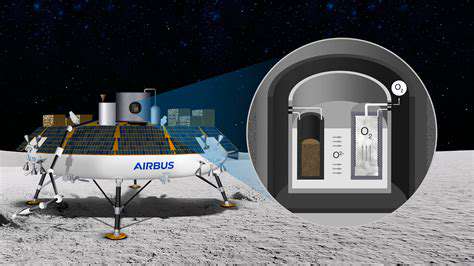
Lunar Resource Extraction: A New Frontier
The Moon, our celestial neighbor, holds immense potential for resource extraction, promising a new era of space exploration and resource independence for Earth. This untapped reservoir of materials could revolutionize various industries on Earth, from construction to electronics manufacturing. The unique lunar environment, with its abundance of raw materials, presents a compelling case for investment and exploration.
Understanding the unique composition of lunar regolith and other resources is crucial for effective extraction strategies. This knowledge will be vital in optimizing processes and minimizing environmental impact during the extraction process.
Challenges in Lunar Resource Extraction
Extracting resources on the Moon presents a multitude of challenges, including extreme temperatures, the vacuum environment, and the inherent difficulties of operating in a harsh extraterrestrial environment. Developing robust and reliable technologies for these conditions is a primary concern.
Radiation exposure is another significant hurdle. Protecting equipment and astronauts from the high levels of radiation present on the Moon's surface is essential for long-term sustainable operations. Effective shielding solutions are required to mitigate the risks associated with prolonged exposure.
Technological Advancements for Extraction
Significant technological advancements are required to overcome the challenges of lunar resource extraction. This includes developing specialized robotics and automated systems capable of operating in the harsh lunar environment, including advanced robotic arms for precise material handling and automated sorting systems for efficient processing.
The development of innovative and sustainable extraction techniques that minimize environmental impact is also essential. This will involve minimizing the disturbance of the lunar surface and utilizing resource-efficient methods.
Economic Implications of Lunar Resource Extraction
The economic implications of lunar resource extraction are substantial, potentially revolutionizing industries across the globe. The ability to access abundant raw materials on the Moon could significantly reduce the cost of essential materials on Earth. This could lead to lower production costs, increased availability, and potentially lower prices for consumers.
The development of lunar resource extraction industries will likely create new job opportunities in space exploration and related fields. This is a crucial aspect to consider for both economic and societal benefits.
Environmental Considerations in Lunar Operations
Careful consideration must be given to the environmental impact of lunar resource extraction. Minimizing the disturbance of the lunar surface and the potential contamination of the pristine lunar environment are key concerns. Sustainable practices must be prioritized to ensure the long-term preservation of the lunar landscape.
International Collaboration and Regulation
International cooperation and the establishment of clear regulations are crucial for the responsible development of lunar resource extraction. Shared knowledge, technological advancements, and coordinated efforts are essential for achieving a sustainable and equitable approach to resource utilization.
Establishing protocols for resource ownership and utilization is critical to avoid conflicts and ensure the long-term viability of the lunar resource industry. Transparent and inclusive agreements are essential for managing this new frontier.
The Future of Lunar Resource Utilization
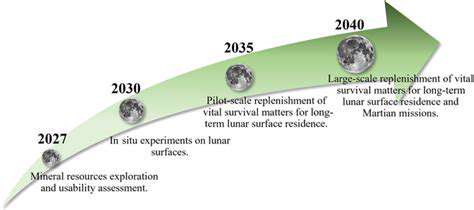
Lunar Water Ice: A Crucial Resource
The presence of water ice on the Moon, particularly in permanently shadowed craters, is a game-changer for future lunar missions. This water ice could be utilized for life support, rocket propellant, and even oxygen production, dramatically reducing the need for Earth-based resupply and making long-term lunar settlements economically viable. The potential for in-situ resource utilization (ISRU) on the Moon hinges heavily on the accessibility and quantity of this vital resource.
Mining and Processing Lunar Materials
Developing robust methods for mining and processing lunar regolith (the powdery surface material) is another key aspect of lunar resource utilization. This will involve sophisticated robotic systems capable of excavating and separating valuable materials like metals and minerals. Extracting these materials will be crucial for constructing habitats, equipment, and infrastructure on the Moon, freeing up precious cargo space on future missions.
Manufacturing on the Moon
Manufacturing capabilities on the Moon will be essential for self-sufficiency. This includes producing building materials, equipment, and potentially even advanced technologies. Establishing lunar manufacturing will reduce reliance on Earth-based supplies and enhance the long-term sustainability of lunar outposts. Efficient production lines and specialized factories will be needed to create the necessary components for lunar infrastructure.
Radiation Shielding and Environmental Considerations
The lunar environment presents unique challenges, including intense radiation and extreme temperature fluctuations. Developing effective radiation shielding for habitats and equipment is crucial for the safety and well-being of astronauts and robotic systems. Addressing these environmental factors will be vital for the success of long-term lunar operations.
Economic Models for Lunar Resource Utilization
Creating sustainable economic models for lunar resource utilization is essential for attracting private investment and fostering long-term development. This involves exploring innovative business models that balance the needs of different stakeholders, including governments, private companies, and research institutions. Establishing clear regulations and protocols for resource extraction and trade will be a significant part of this process, ensuring a fair and equitable system.
International Collaboration and Partnerships
International cooperation is critical for the success of lunar resource utilization. Sharing knowledge, technology, and resources among nations will accelerate the development and deployment of necessary technologies. Joint ventures and collaborations will be essential for overcoming the technological and logistical challenges associated with lunar operations. This will also foster a spirit of shared exploration and discovery.
The Role of Robotics and Automation
Robotics and automation will play a vital role in the exploration and utilization of lunar resources. Autonomous systems can perform tasks like mining, processing, and transportation in harsh environments, reducing the risks and costs associated with human missions. Robots will be invaluable for gathering critical data and conducting experiments in remote and challenging locations on the Moon. This will greatly expand the scope of lunar exploration and significantly accelerate the pace of resource utilization.

